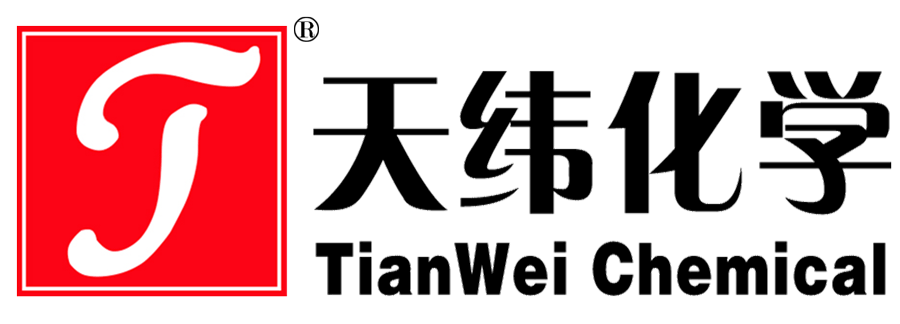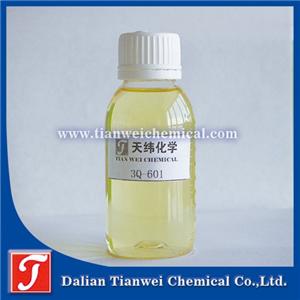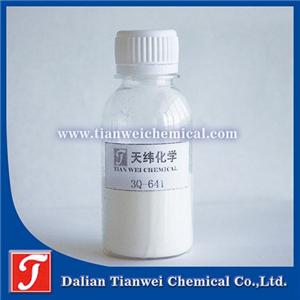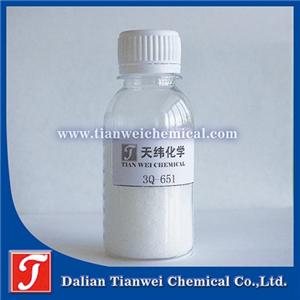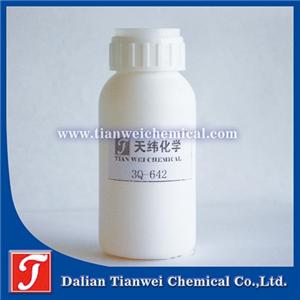Research status of biological stability of water-based metal cutting fluids at home and abroad
1 Research status of biological stability of water-based metal cutting fluids abroad
The study of microorganisms in metal cutting fluid has been carried out in foreign countries for a long time, and there are thousands of literatures. In 1972, Bennett E. O discussed the biology of metal cutting fluids. Sandin M. et al. studied how to control the growth of microorganisms in water-based metal cutting fluids; Holtzman G H et al. studied the relationship between biological spoilage, chemical degradation and function in soluble emulsified oil. Hernandez, P.M. et al. studied various factors that should be considered in developing antimicrobial water-based cutting fluids. Hill, E.C. in London, 1983 “ Management and maintenance of water-based metalworking fluids ” The number, types and detection methods of microorganisms were discussed at the annual meeting. Foreign countries have formed a scientific management method, that the daily management of water-based metal cutting fluid is very important. For example, keeping liquid storage tanks free of chips, rags and discarded food; Machines should be kept as clean as possible; Biological mucous membranes must be removed before adding fresh cutting fluid; Clean with a cleaning solution with a bactericide when changing the liquid. Especially in the large automobile factory, the scientific management of cutting fluid is a very important work. In relatively large workshops, there are usually dozens of centralized systems, in order to scientifically manage them, automotive factories and cutting fluid suppliers have laboratories on site, equipped with specialized lubrication engineers responsible for management, daily maintenance and monitoring, and to deal with emergencies.
In addition to scientific management methods, an effective way to control the prevalence of microbial growth in water-based metal cutting fluids is to add chemical fungicides. Fungicides are chemical agents used in industrial systems to control or prevent the mass reproduction of microorganisms caused by corruption, they generally can not kill all micro-organisms, the key role is to control the reproduction of microorganisms. There are thousands of varieties of fungicides used in metal processing fluids abroad. As people pay more and more attention to safety and health, environmental hygiene and health and safety regulations are becoming more stringent. For example, the prerequisites for the selection of a microbicide in the United States are the description of toxicity, environmental impact and efficacy of use. In the United States, all applied fungicides must be certified by the EPA, and must be sold and used with the EPA registration mark. After 1987, the EPA required all registered active fungicides to provide chronic and paracchronic toxicity data, and all data required that the fungicide must be independent of the applied product. Table 1.1 lists the types and trade names of EPA-registered fungicides.
Types
formaldehyde condensate
Isothiazolones
Phenols
Bromo Nitriles
Mixture
Table 1.1 Types of fungicides
Table1.1Biocide Variety
Chemical name and Product name
N-Mehtylols: Grotan HD
C-Methylols: Bioban BNPD, Tris Nitro
Nitromorpholine: Bioban P-1487
Hexahydro-1,3, 5-TRS -(2-hydroxyethyl) -S-Triazine: Protectol HT
Grotan, Bioban GK, Busan
Benz: Proxel CRL
Chloromethyl: Kthon 886MW
N-Octyl-Octhilinone: Kathon 893
Dichlrophen
PCMX
PCMC
Dibromonitrilopropionamide(DBNPA)
Dibromodicyanobutane: Tekatamer 38
Trianzine+Pyridinethione: Triadine 10
MBT+Dithiocarbanate: Vancide 51
